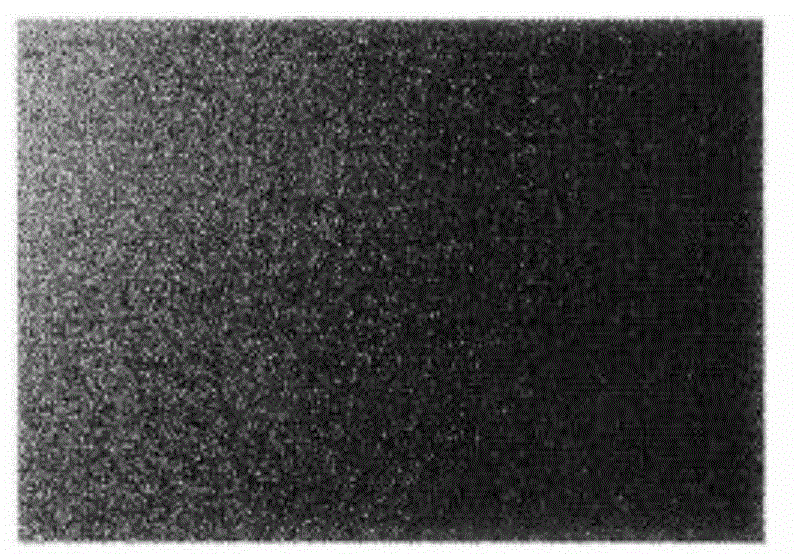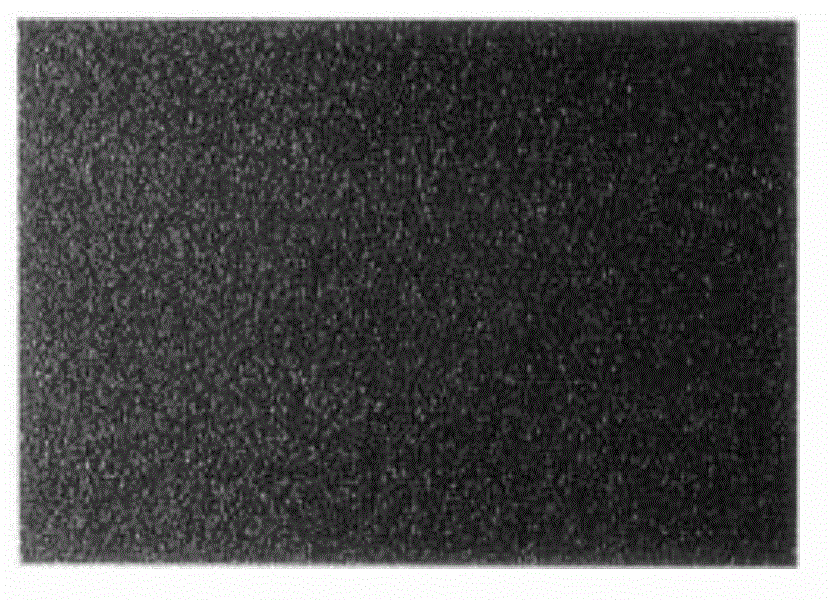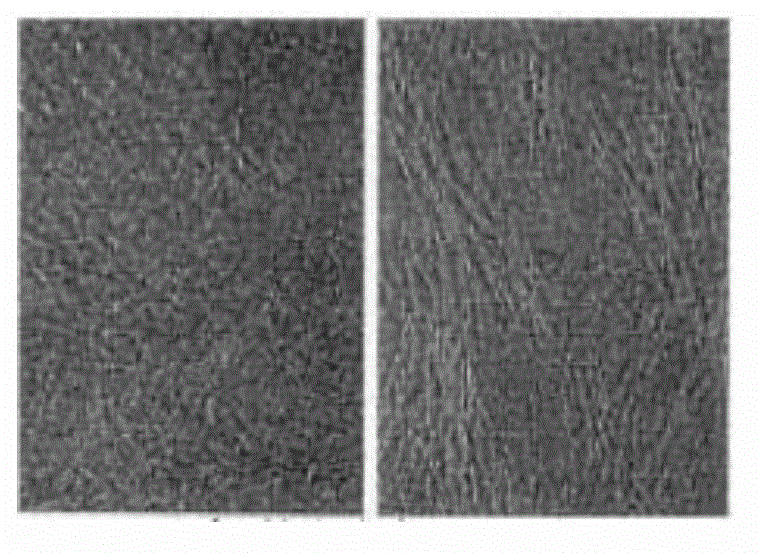Large-angle diffusing optical lens
An optical lens and large-angle technology, applied in optics, lenses, condensers, etc., can solve problems such as bright circles and uneven light distribution, and achieve the effects of avoiding shadows of support columns, uniform light distribution, and reducing packaging tolerance requirements
- Summary
- Abstract
- Description
- Claims
- Application Information
AI Technical Summary
Problems solved by technology
Method used
Image
Examples
Embodiment 1
[0078] like Figure 13 As shown, the curved bottom surface 1 of the optical lens of this embodiment is an optical lens with a light diffusing structure 5 . Part of the light a is refracted outwards when passing through the light-incident surface 3, and is refracted outwards again when passing through the light-emitting surface 2, so as to achieve the purpose of light diffusion. Part of the light b is reflected when it reaches the light-emitting surface 2. When it reaches the bottom surface of the curved surface 1, the light is reflected in the direction away from the central axis of the lens due to the influence of the curved surface structure, which can reduce the light intensity near the central axis of the lens and make the light source receiving surface near the central axis. The light on 6 is evenly distributed.
[0079] When the gap (gap) between the light-emitting surface of the light source 4 and the bottom surface 1 of the light lens is greater than 0, since the curv...
Embodiment 2
[0082] like Figure 15 As shown, in this embodiment, a light diffusing structure 5 with concave points is provided on the bottom surface 1 . When the light passes through the bottom surface 1, the light diffusion through the concave light diffusion structure 5 can solve the bright circle problem generated when the gap between the light source 4 and the bottom surface 1 of the optical lens is greater than 0.
[0083] Figure 16 When the gap between the light source 4 and the bottom surface 1 of the optical lens is equal to 0.2 mm, the curved bottom surface 1 of the optical lens has no diffusion structure (such as Figure 8 The illuminance distribution diagram of the light when the optical lens is shown), there are obvious bright circles in this illuminance distribution diagram.
[0084] In this embodiment, Figure 17 When the gap between the light source 4 and the bottom surface 1 of the optical lens is equal to 0.2 mm, the illuminance distribution diagram of the light of th...
Embodiment 3
[0087] like Figure 18 As shown, in this embodiment, a light diffusing structure 5 with bumps is provided on the bottom surface 1 . When the light passes through the bottom surface 1, the light diffusion through the bump structure can solve the bright circle problem that occurs when the gap between the light source 4 and the bottom surface 1 of the optical lens is greater than 0.
[0088] Figure 19It is the illuminance distribution diagram of light when the gap between the light source 4 and the bottom surface 1 of the optical lens is equal to 0.2 mm and the curved bottom surface 1 of the optical lens has no light diffusing structure 5 . It can be seen from the figure that when the light source 4 and the optical lens have packaging tolerances, and the bottom surface 1 of the optical lens is not provided with the light diffusing structure 5 , at this time, there are obvious bright circles on the light source receiving surface 6 .
[0089] Figure 20 When the gap between the...
PUM
 Login to View More
Login to View More Abstract
Description
Claims
Application Information
 Login to View More
Login to View More - R&D
- Intellectual Property
- Life Sciences
- Materials
- Tech Scout
- Unparalleled Data Quality
- Higher Quality Content
- 60% Fewer Hallucinations
Browse by: Latest US Patents, China's latest patents, Technical Efficacy Thesaurus, Application Domain, Technology Topic, Popular Technical Reports.
© 2025 PatSnap. All rights reserved.Legal|Privacy policy|Modern Slavery Act Transparency Statement|Sitemap|About US| Contact US: help@patsnap.com



